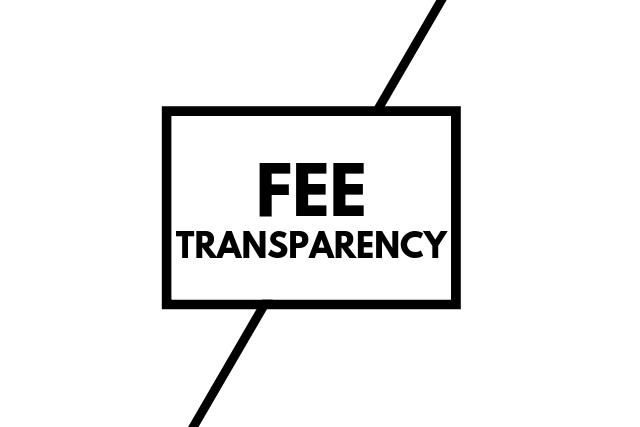The Nuances of ERISA 404(c)
The Strategy of a Diversified Portfolio
June 28, 2017Investing in International Markets
July 5, 2017Section 404(c) of the Employee Retirement Income Security Act (ERISA) can be detrimentally misunderstood. Though many plan sponsors claim to be covered under it, not everyone fully understands how to implement it correctly. If not well understood, the gaps left can leave plan sponsors open to legal challenges. As a plan sponsor, understanding 404(c) and its implications can help shield sponsors and other plan fiduciaries from potential liabilities.
ERISA Section 404(c) applies to individual account plans (403(b) and 401(k) plans specifically) whose participants are responsible for directing the investment of their accounts. For those plans who fully comply with its requirements, 404(c) offers a “safe harbor” for plan sponsors and its fiduciaries to not be held liable for investment losses suffered by plan participants who self-direct their investments. This differs from the general ERISA rule which states that ERISA plan fiduciaries can be held personally liable for all potential breaches of fiduciary duty.
It must be noted (and this is what many plan sponsors miss) that qualifying under 404(c) does not eliminate all fiduciary liability. ERISA 404(c) is more about following a fiduciary process that must fully be complied with if plan sponsors want to be fully protected. Therefore, to be eligible for the “safe harbor” offered by 404(c) , plan fiduciaries and sponsors should know and understand its requirements.
One of the biggest issues for plan sponsors not being fully protected under ERISA 404 (c) is investment selection. Even though the plan participants are self-directing their investments, plan sponsors are still responsible for selecting the funds that are available in the plan. They are also responsible for educating participants on these investment options. For example, if a participant puts all of their assets in one fund, instead of diversifying, they cannot claim a fiduciary breach if their fund loses its value. However, they might claim that the plan did not properly comply with the requirements of 404(c). Their claim could be that their fund lineup did not offer a broad enough selection of funds with reasonable costs, or that they were not properly educated on their options.
As a plan sponsor, having documented processes that act as blueprints for investment selection is one way to mitigate fiduciary breaches and reduce liability. A simple, yet effective, investment selection tool is an investment policy statement (IPS) for your plan. This documents how and why investments are chosen by the committee. It is important to note that these processes be followed or else the documentation of them is not effective.
Another issue for plan sponsors regarding ERISA 404(c) compliance and protection revolves around educating participants. ERISA guidelines state that plan participants must have access to sufficient information about each investment option so that they can make informed investment decisions. The definition of “sufficient “ in this case is not clearly defined and can leave plan sponsors questioning what type of investment education they should be offering in order to satisfy ERISA safe harbor requirements.
As respected 401k expert Ary Rosenbaum suggests, “an effective education component to ERISA 404(c) plans should include enrollment meetings where the characteristics of the plan are discussed, as well as the investment options, and offering the building blocks of financial education to assist participants to get a better understanding on how to choose investments.”
If seeking to qualify under 404(c) , it is prudent for plan sponsors to make sure they are complying with all nuances of the law. It is not a free pass , but instead an exception to the law that still requires effort and intentionality on the part of the plan sponsor. For more guidance or assistance, the staff at Anson Analytics is available at info@ansonanalytics.com.


